SAMPLING COLORS WITH KYLIE M.
Sampling paint colors the traditional way is hard. Even if you’re LOOKING at the perfect paint color for your walls, cabinets, or trims, you might not KNOW it because you aren’t looking at it the right way.
So what IS the right way to sample paint? Let’s find out!
1. START WITH SAMPLIZE
Don’t go to the store for color swatches, sample pots, poster board, and paint rollers/trays when you can have peel-and-stick samples delivered to your FRONT DOOR in a DAY.
Plus, Samplize uses each brand’s ACTUAL PAINT on their samples.
The only time I use sample pots is when I need to adjust a color (lighten or darken it from its original version) and see what it looks like before painting my walls.
If you’re reading this blog post from scratch, I encourage you to check out SAMPLIZE – it’s a game-changer. If you ordered one of my Online Paint Color Consultations, your curated color list is included in your consult.
2. YOU NEED WHITE PAPER OR POSTER BOARD
Once you’ve got your samples in your hot little hands, don’t start slappin’ them on your walls or cabinets YET.
Why?
You must separate your OLD paint color from your NEW options by placing approx. THREE INCHES of white paper around THREE SIDES of each new sample.
Your old paint color will skew your perception of any new color.
Take a look at this sample…
How does this color look to you? Think about its depth and undertones, in particular.
Take another look at it in this next photo…
IT’S THE SAME COLOR! The white paper helps you see the actual DEPTH of this color and its undertones/general approach because it’s not directly compared to the OLD color. Crazy, eh?
While it’s okay to compare old and new to see the DIFFERENCE, don’t judge or choose your new color based on how they compare.
3. THE BEST PLACES TO LOOK AT YOUR PAINT SAMPLES
The worst way to judge a color is by how it looks a) on the middle of your wall or cabinet with b) no white paper separating your old color from your new sample.
This is a perfect example of what TO do!
It MATTERS where you put your samples, make sure to follow these next tips when checking out your new hues.
WHERE TO PLACE YOUR SAMPLES ON KITCHEN CABINETS…
When sampling paint colors for kitchen cabinets or bathroom vanity, you might think the best spot to put your sample is right ON your cabinet. Nope, the top, most important spot is…
- with the backsplash; directly beside it AND on it, as if it doesn’t look good here, it won’t look good anywhere
- directly underneath the lip of the countertop – the open edge of the sample should meet up with the countertop (shown below)
- lastly, on the lower portion of your upper cabinets (don’t forget the white paper surround!)
Samples should always be 100% vertical – light reflects differently off angled or horizontal surfaces.
And of course, look at your samples in shaded areas, as well as natural light to get a well-rounded feel for it. Judge it the most based on how it looks in the type of light you most often live in.
WHERE TO PLACE YOUR PAINT SAMPLES (WALLS)
- directly next to the trim
- next to any vertical surfaces they need to coordinate with (i.e., backsplash, fireplace, etc…)
- sitting right on top of the baseboard, so you can see how the samples/flooring connect
- while you can place samples in the middle of a wall; it’s best if they relate or visibly attach to something around them (i.e., the sofa is in the foreground); samples floating on walls with no reference point aren’t as helpful
The open side of your paint color sample will be butted up against your trim, backsplash, fireplace, countertop, or any other surface it needs to be coordinated with. You can also butt this side up to other samples to see the differences.
To see the difference between your samples, butt them up to each other.
The separation between your samples ISN’T as important as the separation between OLD wall colors and NEW colors.
A HELPFUL TIP…
I recommend leaving your SAMPLIZE samples on their paper backing so you can tape them to a poster board. Once you’ve narrowed down your colors and are ready to commit, get that backing off and have some fun!
BTW, IF YOU’RE SAMPLING WHITE PAINT COLORS…
Poster board/paper (being a cool white) can OVER-EXPOSE the undertones in whites and off-whites when comparing the two, leaving you with the impression that they are more colorful than they are – ESPECIALLY with warm whites.
The Best Medium-Depth Blue Paint Colors
Keep this in mind if the white sample you’re looking at seems OVERLY warm. Look at it WITHOUT the white paper and note how it works with your surrounding finishes.
How to Choose the Best White Paint Color for your Cabinets, Walls, & Trim
LIGHTENING & DARKENING PAINT COLORS – SAMPLE POTS
If you’ve recently done an Online Paint Color Consulting with me, I may have suggested lightening or darkening a paint color. On the other hand, if you like a suggested color but WISH it were a bit lighter or darker, most colors can be adjusted!
Learn all about lightening and darkening paint colors HERE
What’s MOST important is that you know how to get these samples made…
1. The paint store does the lightening/darkening for you; usually 25%, 50%, or 75% (25% is most common, 50% and 75% are not).
2. You’ll need a sample pot from the brand that supplies the color you like (either a small sample pot or a quart).
If you decide to lighten or darken a paint color, you MUST get the sample pots made by the brand that carries the color –no having Home Depot match up your Sherwin Williams or Benjamin Moore colors (three slaps with a wet noodle if you do that).
Here’s an example of a Home Depot Behr color match to Benjamin Moore…
Home Depot Behr color match on the left – actual Benjamin Moore color on the right; sure, it’s the right ‘idea,’ but it’s not the right color.
Here’s another beauty…
To paint your sample, I recommend…
- A roller (regular ten or 13mmm nap) is best. Foam rollers don’t give as good coverage.
- It’s best to use poster board or foam board (Elmer’s type) – check out your local dollar store for the best price. They’re smoother than most walls but most effective for sampling purposes (paper just wrinkles).
- I rarely recommend painting your samples directly on the cabinet or the wall.
- TWO coats of paint, always.
- Remember to leave THREE sides of your poster board/foam board with THREE+ INCHES of white showing around the edge.
- Check out my FAVORITE white paint colors for kitchen cabinets right HERE / HERE / HERE.
Remember, my goal is to help you learn how to pick the /BEST paint color for you AND your room!
READ MORE
The Ultimate Guide to White Paint Colours
Is Gray Still Trendy on Cabinets, Walls & Exteriors?
The Best WHOLE HOME Warm Neutral Paint Colours
How to Create a Timeless Home – 4-PART SERIES
Get the online paint color expert that DESIGNERS hire!
Chat soon,
Please note that I’m in a close partnership with SAMPLIZE, and while I do receive payment, I FULLY RECOMMEND this product and don’t make my own color choices without it (I don’t recommend many things other than paint colors, so it has to be good – wink wink).
Comments
Leave a Reply
More Posts
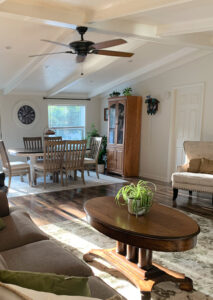
The 5 Best Creamy White or Off-White Paint Colors
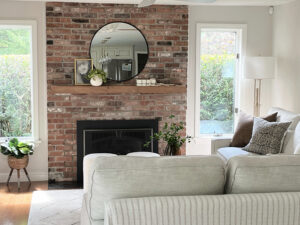
The 8 Best Warm Neutral Paint Colors With NO Yellow Undertones!
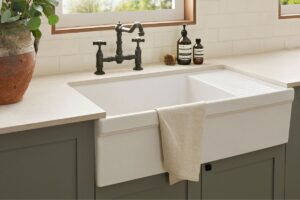

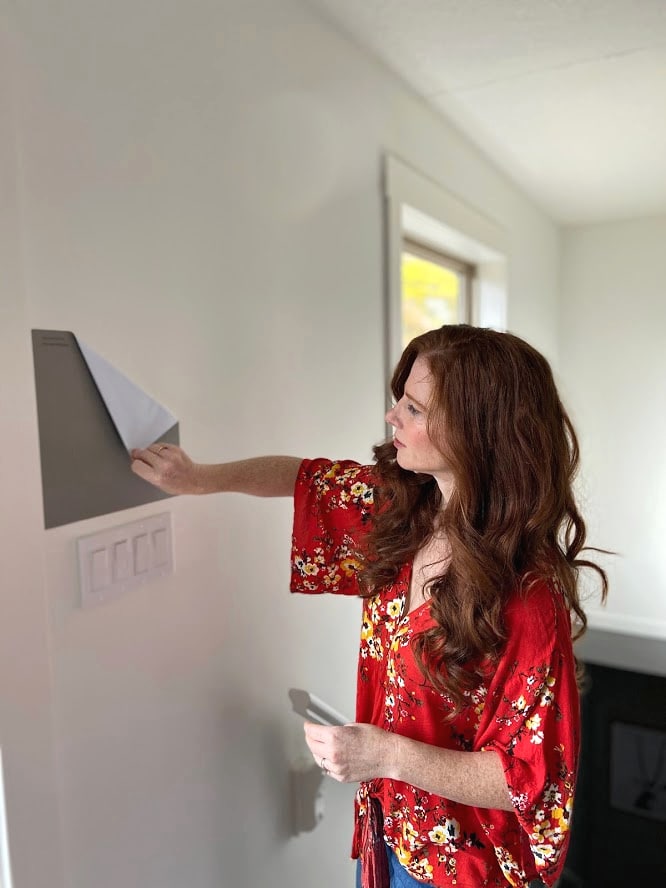
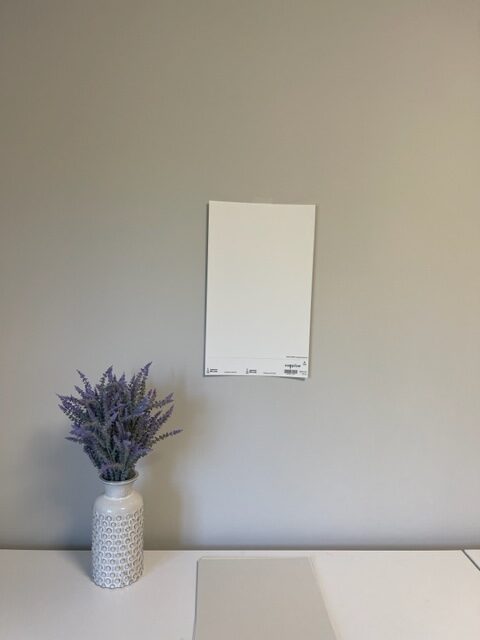
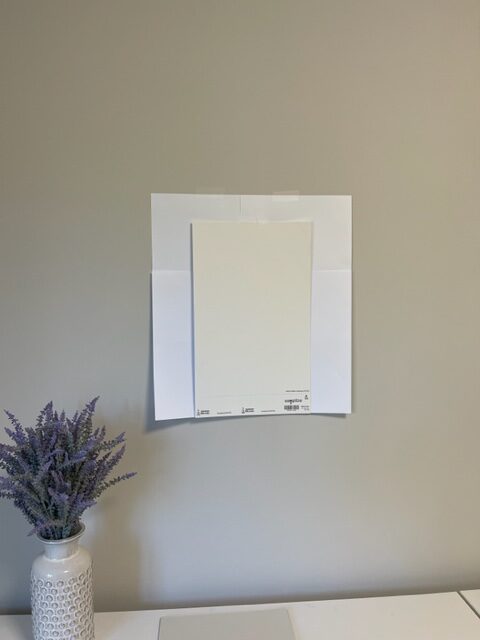
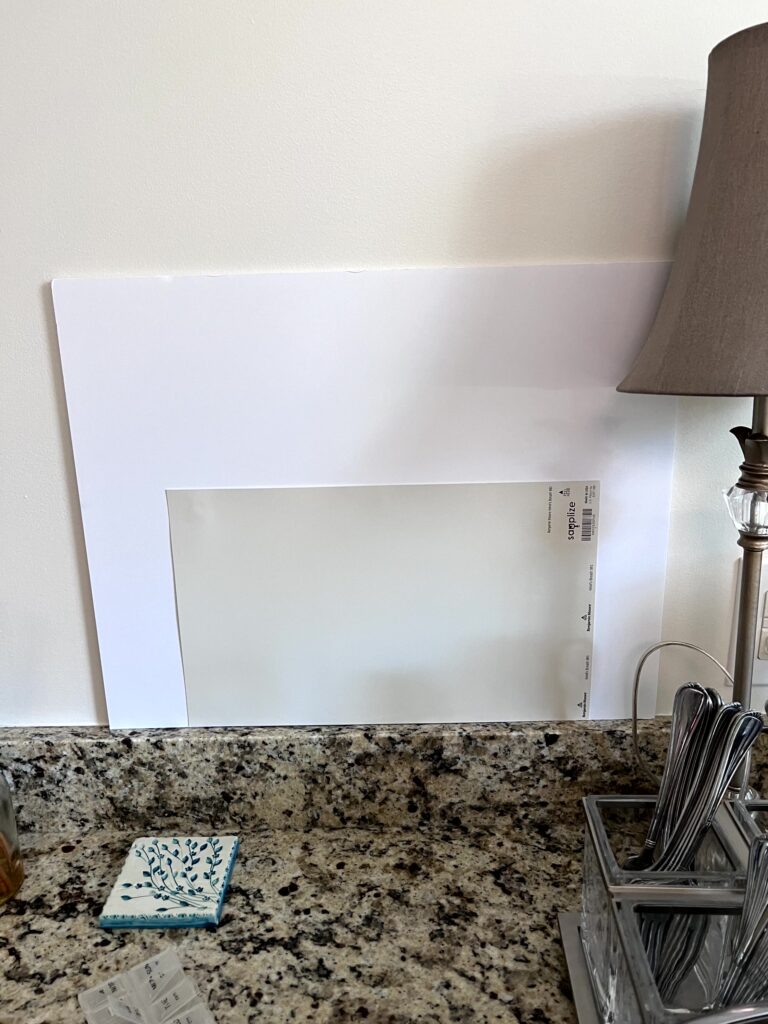
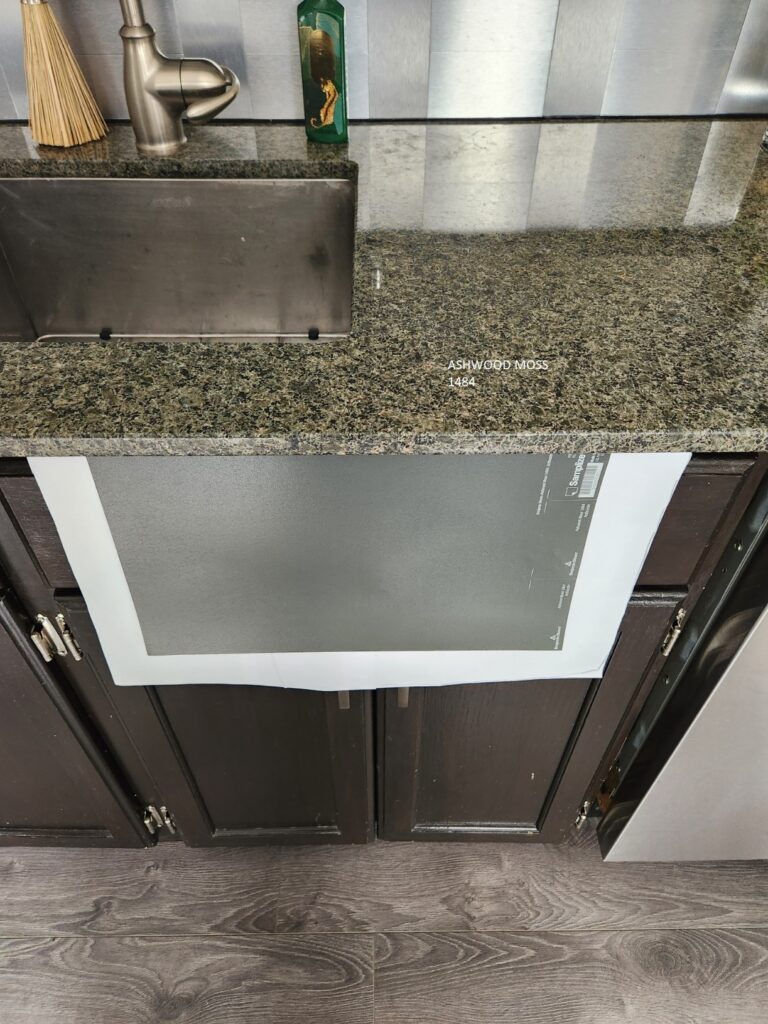
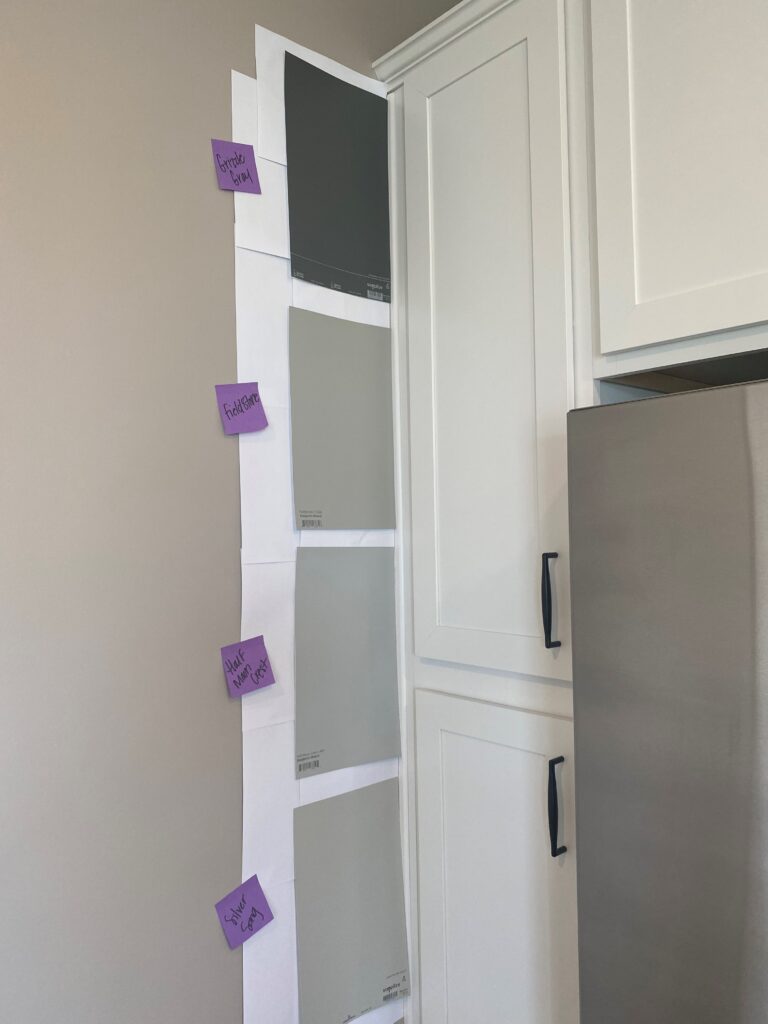
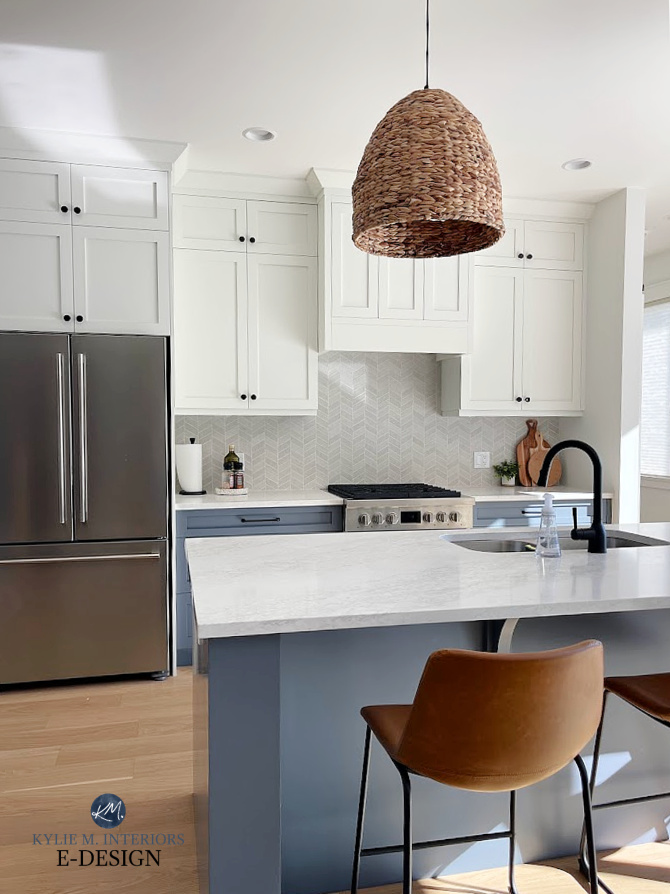

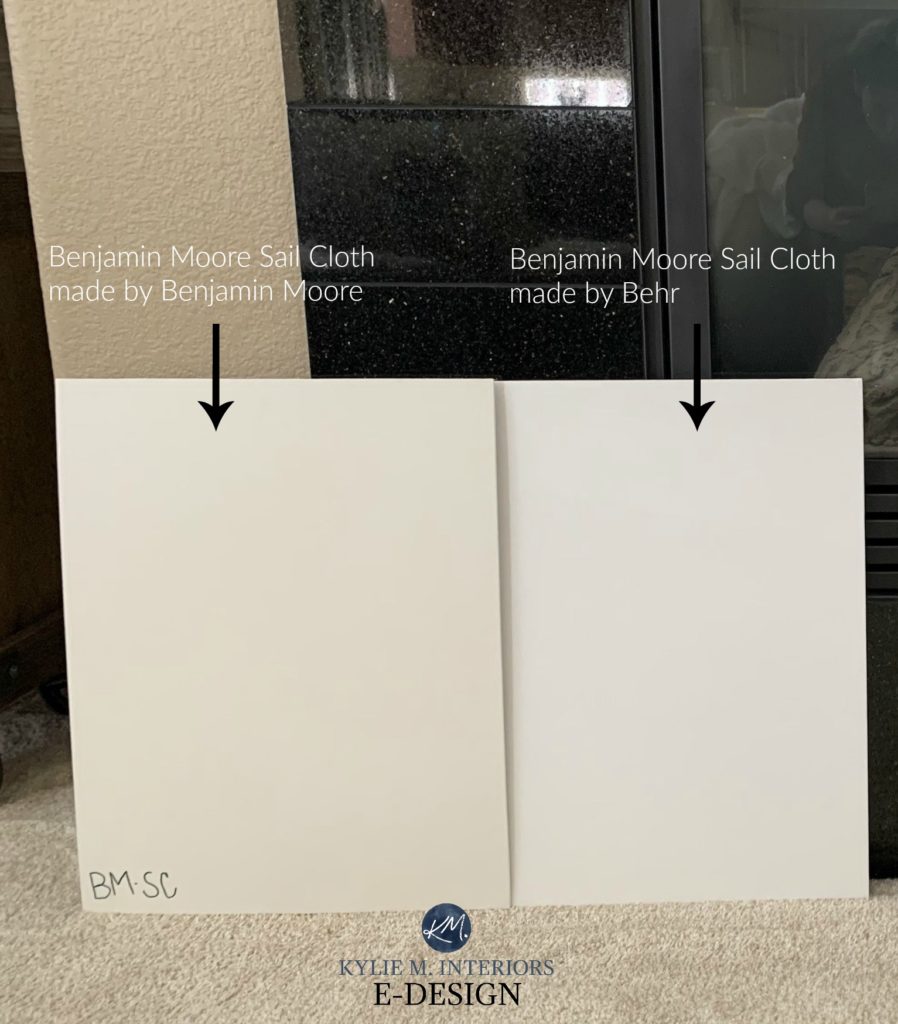
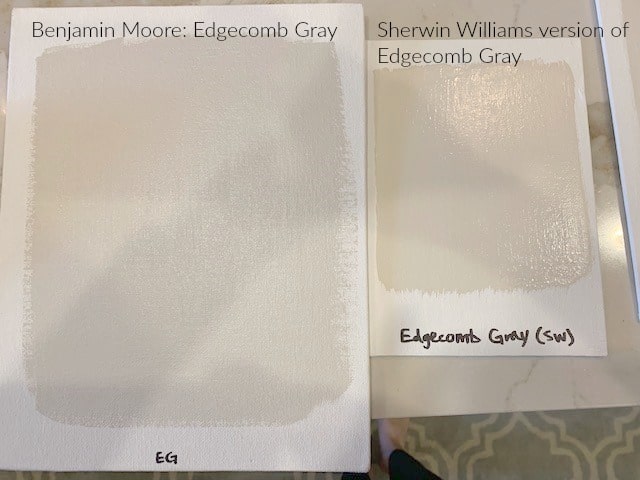
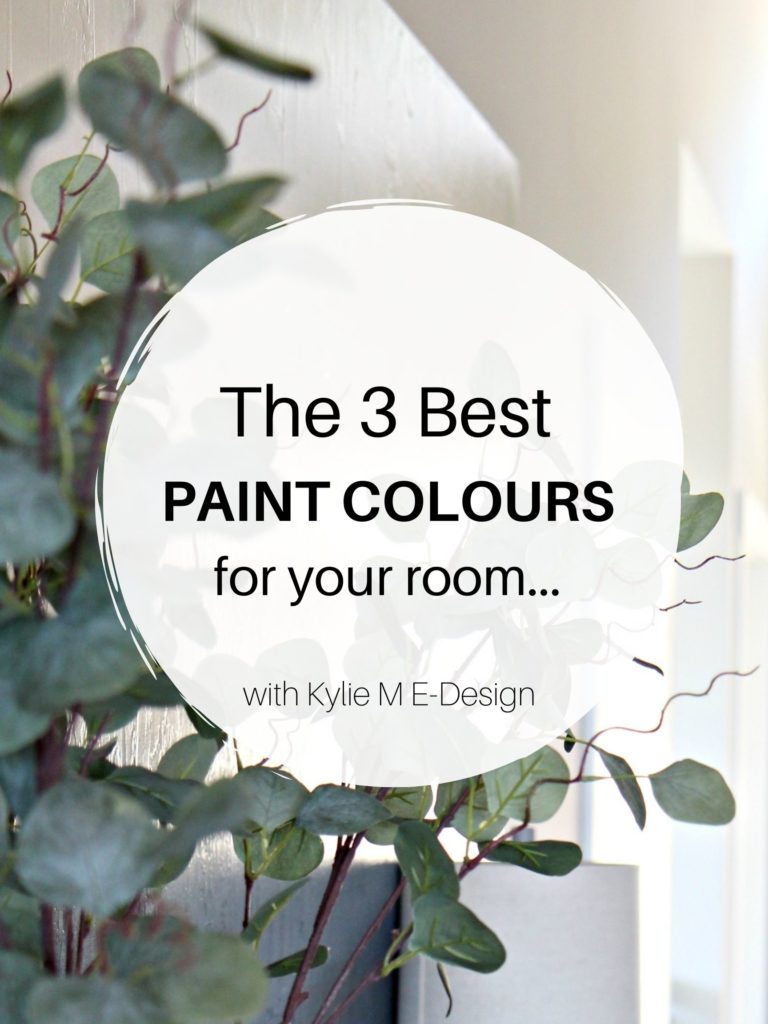

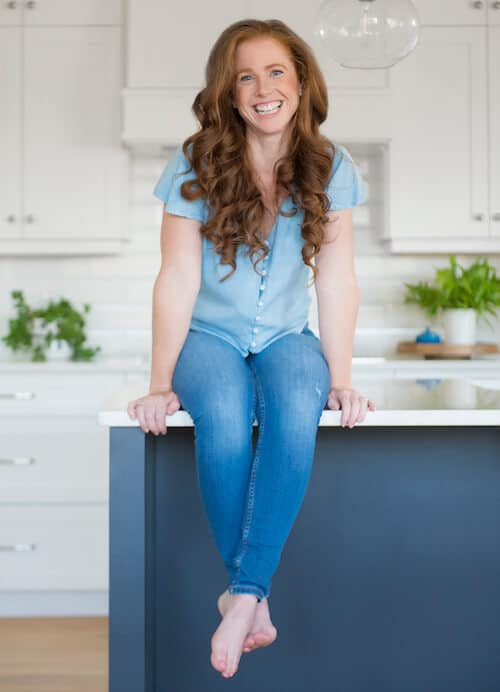

Pingback: HOW TO CHOOSE YOUR PERFECT PAINT COLOUR: 5 TIPS & IDEAS - Kylie M Interiors
Pingback: WHAT MATTERS THE MOST WHEN CHOOSING PAINT COLORS? - Kylie M Interiors